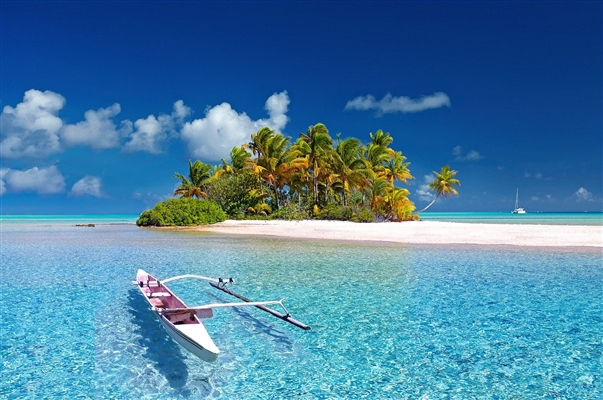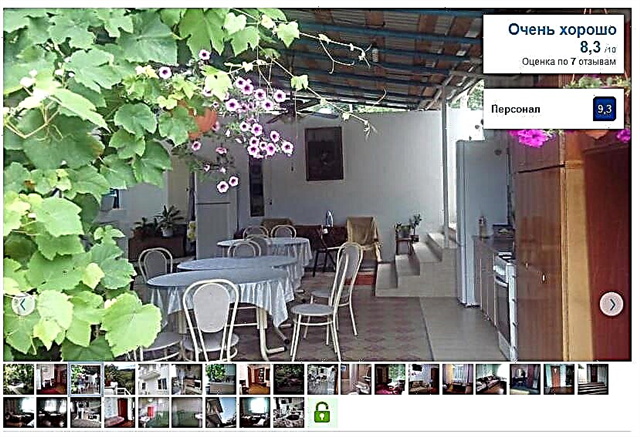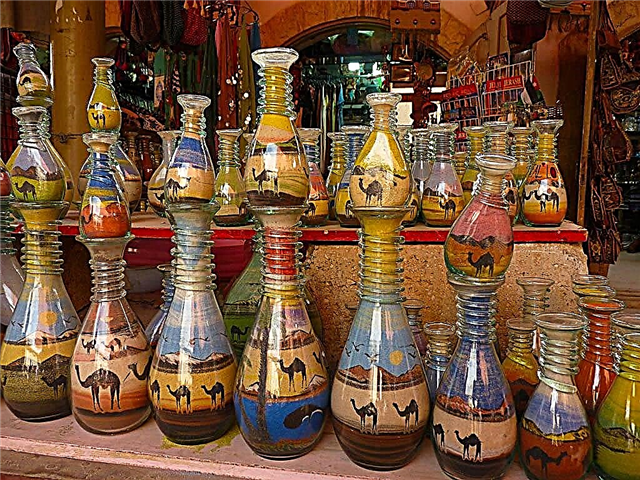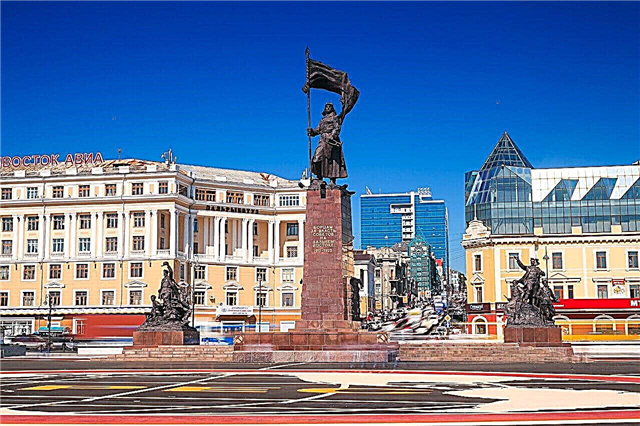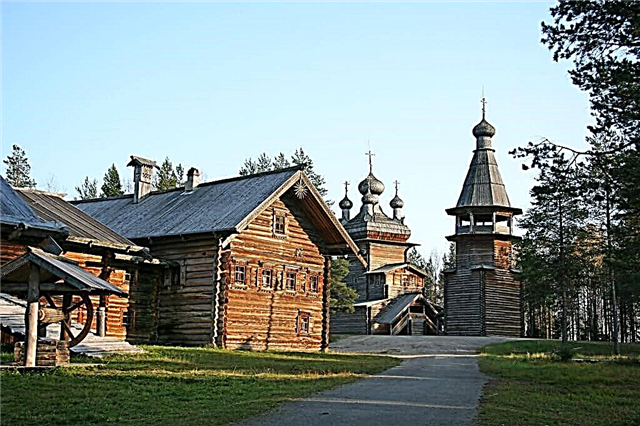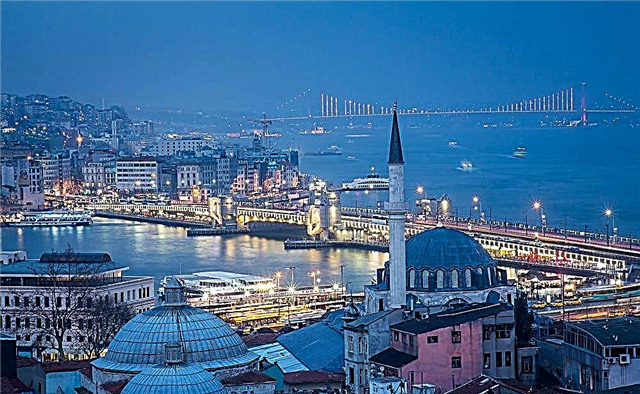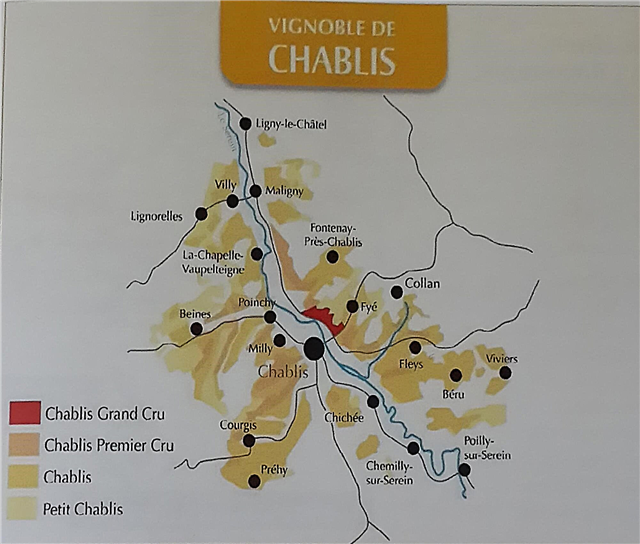Travel Picture »France» Burgundy and the Wine Regions of Burgundy through the Eyes of a True Wine Connoisseur
For true wine connoisseurs, there is probably no more sacred word than Burgundy... Burgundy, or Bourgogne in French, is like the bells of ancient churches, calling for the enjoyment of local dishes and gastronomic specialties, the main of which is, of course, burgundy wine.
They say that if Paris is the heart of France, and Champagne is her soul, then Bourgogne is undoubtedly her stomach. This region has long been considered the main supplier for Paris. Burgundy grape snails, chickens, local aromatic cheeses and fine wines from Chardonnay and Pinot Noir have always been unique synonyms for the Burgundy region.
Wine Burgundy starts from the Chablis region, which lies southeast of Paris, and extends 250 km to the city Macon in the south of the region. Between Chablis and Maconne lies the "heart" of Burgundy - "Golden slope”, The birthplace of the greatest wines of Burgundy.
By the way, you will be interested to know about the best places to stay in Paris, you can be quite inexpensive and for a long time, prices for apartments, hotels, apartments without intermediaries.

Chablis
Famous appellation Chablis, although officially considered part of Burgundy, is located far from the central part of the region - it will take about 100 km to travel to get to this kingdom of mineral and pure Chardonnay.
However, you will not be disappointed! Chablis naturally shares fame with the great white Burgundy, originating from the "Golden Slope". Chablis wines are characterized by a distinct maritime character, despite the fact that this region is far from the ocean and does not experience any influence of the Atlantic in the climate.
The secret of the famous minerality of Chablis lies in its soil. In the Jurassic period (200 - 150 million years ago) there was an ocean here, which later retreated to the west, and layers of limestone rocks are rich in fossilized sea shells.
Chablis has four categories of wines in terms of quality, each of which has its own appellation (appellation is a territory with its own unique microclimate: soil, humidity, wind ...).
Chablis Grand Cru appellation
This vineyard, divided into 7 sections, is the elite of all Chablis wines. Situated on gentle hills that slope down to the Serain in the heart of the Chablis region, where the Kimmeridge Stage limestone, they give life to the most aromatic, strongest and most durable wines that can be stored for decades.
The names of these areas in real wine are always on the label, so it is not difficult to recognize them. These are Bougros, Blanchot, Preuses, Valmur, Vaudesir, Grenouilles, Les Clos.
Chablis Premier Cru
This category is also among the elite of Chablis wines and has about 40 classified sites, which are also located in the central part of the Chablis region, where, like the Grand Cru sites, the origin of the soil dates back to the Jurassic period.
The wines are complex, rich in complex aromas, many of them need 5 to 10 years to develop their potential.
AOC Chablis
This fairly large appellation (about 3400 hectares) produces the bulk of Chablis wines. It is the most famous class of Chablis in the world, for which it is a bright and typical expression of the Chablis terroir with its lively, fresh and pronounced aroma, notes of green apple, citrus, undergrowth and mushrooms.
AOC Petit Chablis
These are vineyards located on the periphery of the Chablis region, a kind of gateway to Chablis. It produces light, lively wines with excellent acidity, in which we find notes of white flowers and citrus with a mineral base.
Such wines can be drunk young, but within two years they are wonderful to your taste, we recommend trying.
Maconnay Cat - Chalonnaise (Maconnais, Cotes Chalonnaise)
The more southern regions of Burgundy, Côte Chalonne and Maconnay, are in relative shadow compared to their great neighbors, however, although they do not have the status of Cru and Grand Cru, they also boast excellent images of Chardonnay and Pinot Noir.
One of the renowned vineyards of Maconnay is Puilly-Fuise, which combines the grace and minerality of the Chardonnay limestone soils of the Cimmeridgian tier and the brightness of taste brought by the proximity of the Mediterranean climate.
Cote-de-Beaune
Côte de Beaune translates as “Beaune slopes” and is located in the south of the “Golden Slope”. Its hills and gentle slopes with difficult limestone soils are ideal for Chardonnay, where it expresses the fullness of its sophistication and elegance.
The greatest wines in the world, such as Chassagne-Montrachet or Pulligny Montrachet, come from this area with unusually difficult soils.
Cote-de-Nuits
Côte de Nuits, stretching north of the wine capital of Burgundy, Beaune, is the kingdom of red wines. Local wines maximally convey the juicy richness of Pinot Noir with its cherry and strawberry tones, which are enriched with the aromas of truffles, game, and rotten autumn leaves.
Haute-Côte-de-Bon and Haute-Côte-de-Nuits
These regions are a plateau of vineyards in the hills along Beaune. These wines are lighter, less dense and generally simpler than their Côte de Beaune and Côte de Nuits cousins.
Burgundy is an ancient region with a very complex and intricate structure of its vineyards, which is based on the composition of the soil. They say that there are as many types of soil in Burgundy as there are wines. The roots of this confusion are to be found in the history of Burgundy, and they are associated mainly with the monks of the Cistercian and Benekditian orders.
In the Middle Ages, monarchs gave the Church lands for the cultivation of grapes and the production of wine for church rites, and the monks, who carefully examined the soil of their possessions, trying to determine the boundaries of the vineyards, were the first to notice the extraordinary peculiarity of these soils.
Having no tools at that time to make soil analysis, they tasted the earth and gradually determined that different areas of Burgundy land have different characteristics, respectively, give different styles of wine.
This most important discovery at that time became a prerequisite for the emergence of the concept of Burgundy terroirs, as separate plots of land with exceptional characteristics. Indeed, here in Burgundy, the soil composition of the two vineyards located in the vicinity of each other can be completely different and the famous wines of neighboring communes differ from each other.
You learned about Burgundy and the regions of Burgundy, distinguished not only by the true taste of real Burgundy wine, but also by the microclimate, wind, soil and other components of the weather. Truly, it is amazing when you look at a small piece of land that gives us wines that are really different in taste.
We also advise you to read the journey along the Alsace wine road, about an amazing excursion to La Winery. The travel-picture.ru team moves further through the corners of our earth and tells you about the amazing things on the whole planet Earth. Do not forget to subscribe to amazing articles on our site and you will learn even more about the world around you.


